Recommendation points
- The breathing of the walls is not perceptible, but noticeable
- Facade insulation of the loggia
- Insulated loggia without mold and dampness – details
- At the end
In this Article: Partial Pressure — Water vapor through walls; facade insulation is the best solution for a number of reasons; walls get wet, fungus grows – how to avoid this; why do we need a vapor barrier for insulation; fresh air and warmth in an insulated loggia.
The idea of insulating a loggia or glazing a balcony from time to time arises from each and every owner of an apartment who has these appendages to the living space, where not at all extra square meters are wasted. However, the implementation of this idea often brings not the results that were originally envisioned – instead of a warm room that can be used for various purposes, households find a humid room filled from nowhere with drafts coming from nowhere with moldy corners. How to secure yourself against problems that arise only months after the glazing of the balconies and the insulation of the loggias have been carried out?
The breathing of the walls is not perceptible, but noticeable
The air around us and our homes, according to physics, consists of several gases and water vapor. The degree of humidity – the concentration of water vapor – depends on the air temperature, the higher it is, the more moisture the air can contain. In the case of high air humidity, its partial pressure increases, which causes the movement of gases from a zone of high partial pressure to a zone of lower one, the higher the difference between them, the higher the intensity of this movement. So, the difference in the partial pressure causes the movement of the gases forming the air – we will understand the consequences of this movement.
With the onset of the cold season and low temperatures, the humidity outside the heated rooms decreases, and the humidity inside them increases due to the higher temperature. As a result of a partial imbalance, the air tends to leave the apartment to the outside, the consequence of this is the outer walls moist from the side of the rooms (peeling wallpaper, plaster and mold) and misted windows. In summer, the situation is the opposite – it is warm and high humidity outside, and there are air conditioners in the house that cool and dry the air, respectively, the gases in the moist outside air will rush into the rooms, harming the facade finish.
The difference in partial pressure between the outside atmosphere and the indoor atmosphere is the cause of the so-called “wall breathing”. We figured out the partial pressure, let’s move on to the immediate issues of warming the loggia.
Facade insulation of the loggia
Fencing structures without insulation have thermophysical characteristics inherent in the materials that form them. And, no less important, the dew point, i.e. the boundary temperature at which vapor condensation occurs is inside such walls, regardless of the season and the difference in partial pressures. In the case of the enclosing structures of the loggia, the situation is the same, but with its own characteristics – this room usually has thin, rather conventional walls, therefore it is not designed to live in it, especially at low and high temperatures outside.
Facade finishing of balconies and loggias is the most successful – no need to worry about vapor barrier, because this task will be taken over by a layer of insulation.
Effective facade thermal insulation is most conveniently produced with expanded polystyrene plates – this thermal insulation material has many times higher characteristics than foam plastic, including in terms of impermeability to steam.
For facade insulation of a loggia (balcony), polystyrene foam plates with a thickness of at least 60 mm are required, ideally about 100 mm (the exact calculation of the thickness of the plate is determined on the basis of a thermal analysis of the enclosing structures).
Facade insulation technology is as follows:
- the enclosing structures are cleaned from the outside, then expanded polystyrene plates are glued to them using polyurethane-based adhesives;
- after the initial curing of the glue, the insulation boards are additionally strengthened to the wall using dowels with large mushroom caps;
- then the surface of the slabs is prepared for reinforcement with a fiberglass mesh – they are cleaned with an emery cloth with a large 3 mm grain. Next, a thin layer of polyurethane glue is applied to the entire surface, into which a fiberglass mesh with a 5×5 mm cell is pressed. The glued reinforcing mesh is covered with another layer of glue on top – this operation will increase the strength of the insulation sheathing;
- after the adhesive layer hardens, the surface must be covered with a facade putty, then it can be painted with facade paints or covered with decorative plaster.
The advantages of facade insulation of the loggia:
- as a result, thermal insulation is provided not only for the internal premises, but also for the enclosing structures, which allows them to be removed from the seasonal freezing-defrosting cycles, thereby increasing their reliability and increasing their service life;
- saving indoor space is achieved, i.e. a layer of insulation will not “eat” valuable meters of living space (at 50 mm thickness of the internal insulation for every 20 m2 One m is “eaten”2);
- work on facade insulation will not cause serious inconvenience for household members.
Individual facade insulation, in other words, the insulation of only your apartment in multi-storey buildings, especially on the top floors, will not be cheap – you will need to attract climbers. It would be more convenient and somewhat cheaper to completely insulate a high-rise building, but, unfortunately, not all apartment owners will go to these costs, despite the obvious advantages in the future.
Insulated loggia without mold and dampness – details
On the market of heat-insulating materials, there is only one heat-insulating material that is relatively capable of resisting the partial movement of air gases – bulk ecowool made of cellulose, capable of absorbing up to 20% moisture without affecting its heat-conducting characteristics, this insulation can be left uncovered with a vapor barrier. As for other types of insulation, it is necessary to cover it with a vapor barrier for the reasons described below..
It will be optimal to insulate the walls of the loggia with a hard mineral wool insulation with a thickness of at least 50 mm, since this material is not flammable and does not accumulate condensate due to its fibrous structure. By the way, there are no effective insulation materials of a smaller thickness. Also, the gross mistake when carrying out insulation work will be ignoring the vapor barrier layer, because it is important not only to provide thermal insulation, but also to block the penetration of water vapor into the thermal insulation layer both from the outside and from the inside of the room. Let’s consider these points in more detail..
Any attempts to save on insulation by purchasing a material of less thickness than is actually necessary will lead to the accumulation of condensate in the layer of thermal insulation, as a result, the development of biological corrosion of the enclosing structures (mold). As mentioned above, the dew point (vapor condensation point) in enclosing structures without insulation is inside them, while the presence of an insulation layer should ideally shift this point into the interior of the insulation. At the same time, microorganisms do not develop inside the mineral wool material, because its structure and antiseptic impregnation will not allow this. If you use insulating material of insufficient thickness, then the dew point in the warm season will not move inside it, but into the zone of contact between the wall and the insulation and will inevitably cause biological corrosion.
However, the problem with condensation deposits on the surface of the wall is fraught not only with the development of fungal cultures. The outer walls, isolated from the inner atmosphere of the premises with a heat-insulating layer, are no longer heated, which means that at low temperatures of the cold season they will completely freeze themselves and form ice from accumulated condensate on the inner surfaces. Crystallization of condensate will cause partial destruction of the surfaces of the heat-insulating material in contact with it – after several such cycles, any insulation will be seriously damaged and unable to provide thermal insulation.
Now about the vapor barrier. In the cold season, the partial pressure inside the heated room is higher than outside, so water vapor will try to penetrate into the street through the walls – the result will be condensation deposition on the wall, its icing and destruction of the insulation. The only way to counter this is to install a vapor barrier film from the inside of the insulation layer (facing the inside of the room). There are special films for vapor barrier from well-known manufacturers of thermal insulation materials, you can also use ordinary polyethylene film, provided that its thickness is at least 2.5 microns. It is important that the vapor barrier film overlaps the surface of the insulation with a single sheet without any gaps – the presence of holes in it, even the smallest, is not allowed.
A typical mistake when insulating a loggia from the inside is overlapping with a layer of heat and vapor insulation only on the outer walls, while the boundary of the insulation is determined by the line of their conjugation with the inner wall. As a result of insulation, the external enclosing structures will be completely isolated from heat, which means they will freeze through and transfer cold to the inner walls like a bridge along the line of connection with them. This will not have any serious impact on the climate in the apartment, but it will cause condensation of moisture near such joints, which will inevitably cause the appearance of mold and mildew. Therefore, when insulating a loggia, it is necessary to install thermal insulation materials not only on the outer walls, but also on the inner ones. In the case of a significant size of the loggia, it is not necessary to completely close the inner walls with insulation – about 1.5 meters from their interface with the outer wall.
At the end
It remains to solve two problems – providing fresh air and heating the loggia. Let’s start with heating.
Carrying out the insulation of loggias and trying to solve the heating issue by removing the radiator and connecting it to the central heating supply – the solution is unsuccessful, i.e. this will be prevented by the heating network workers. An individual source of thermal energy will be required, ideally an electric convector or “warm floor”. In the room of the insulated loggia, reliably isolated from the external environment, there will be a fairly high level of air humidity, and convection heaters can lower the level of humidity. If the loggia was insulated along the facade (outside), it is better to use an infrared electric heater.
Fresh air in a room that does not have any connection with the external atmosphere will be rare – it simply has nowhere to go. In houses built more than 20 years ago, the provision of fresh air was based on cracks in the windows, the structure of the entrance door and the hoods in the kitchen and bathroom – in insulated apartments with modern airtight frames and doors, this technology does not work. If the loggia, after the insulation work, has free air communication with the rest of the apartment, it will be enough to install a small inlet valve in its outer wall – it should be located not far from the floor. Alternatively, a supply valve between the frame and the window opening (its installation must be agreed with the window installer in advance). If there is a permanent door between the room and the loggia, then a small exhaust valve will be required – it must be installed at the top of the wall (near the ceiling) opposite to the one where the supply valve is located. In the case when it is impossible to make supply valves, it is possible to remove carbon dioxide and odors from the air using an air recuperator with a replaceable carbon filter – however, you will still have to periodically ventilate the room.

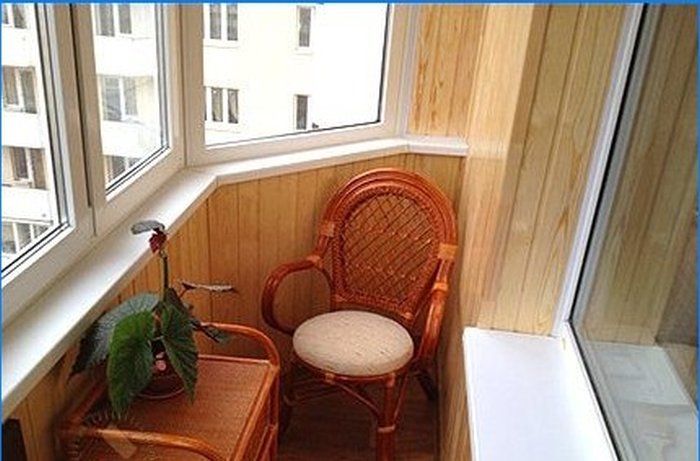
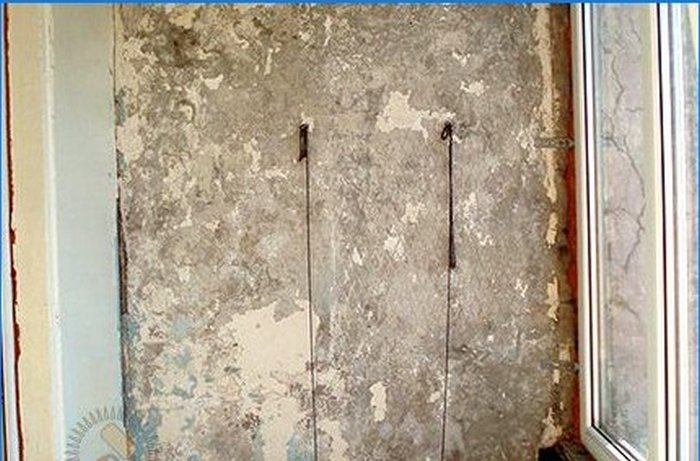

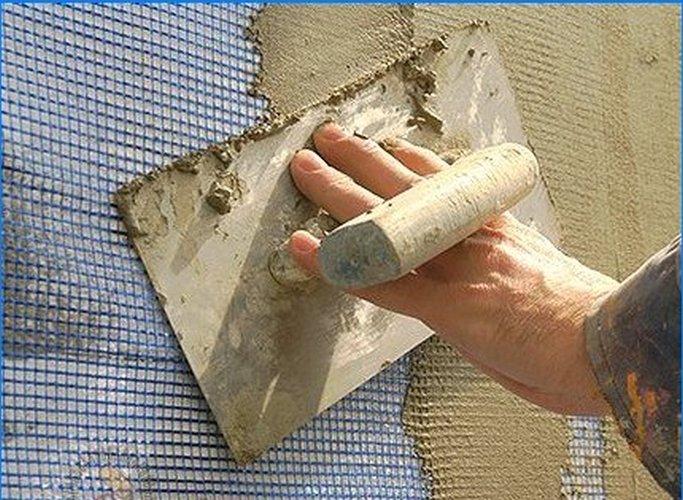
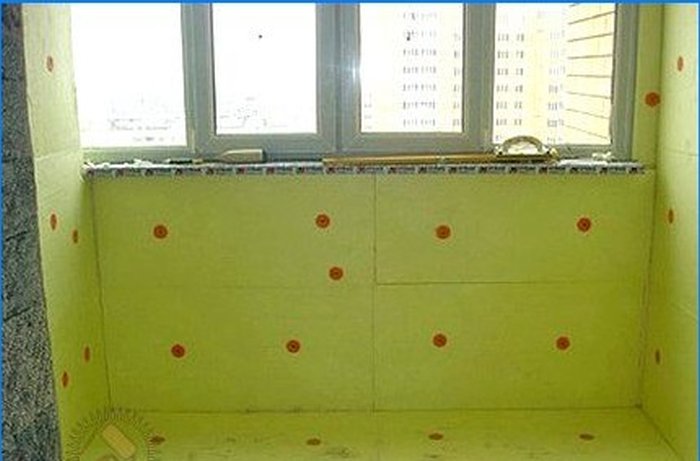
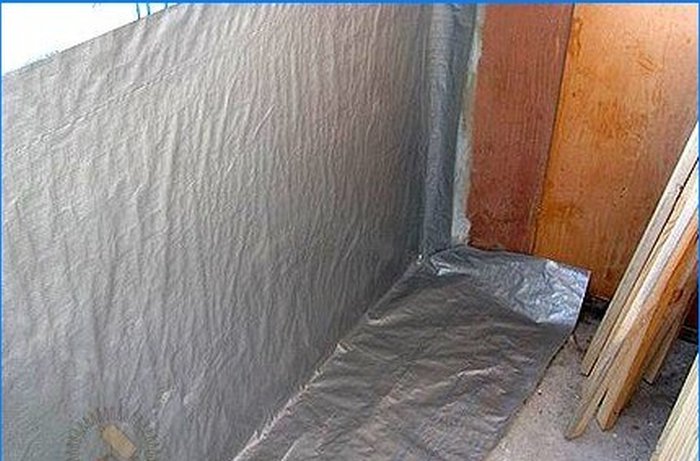
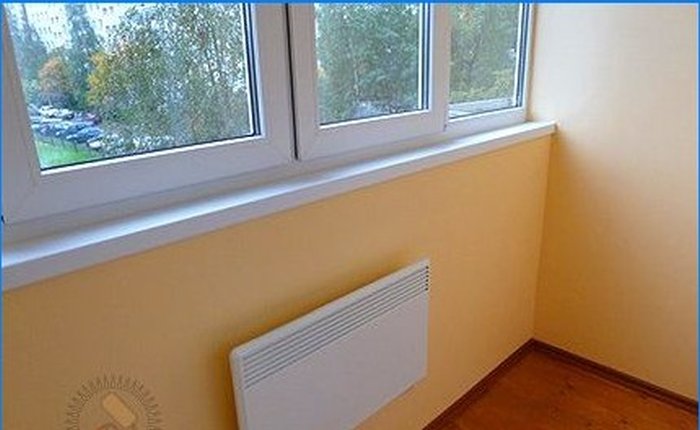
Can you provide more information about warming the loggia and the nuances associated with it?
I could use some clarification regarding warming the loggia. Are there any specific nuances or techniques involved in effectively heating this area? Any advice on ensuring optimal comfort during colder seasons?